Carpobrotus: [Cultivation, Irrigation, Care, Pests and Diseases]
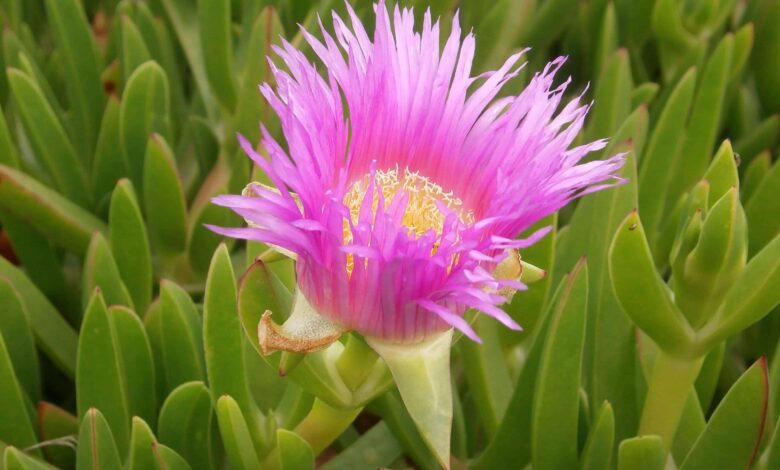
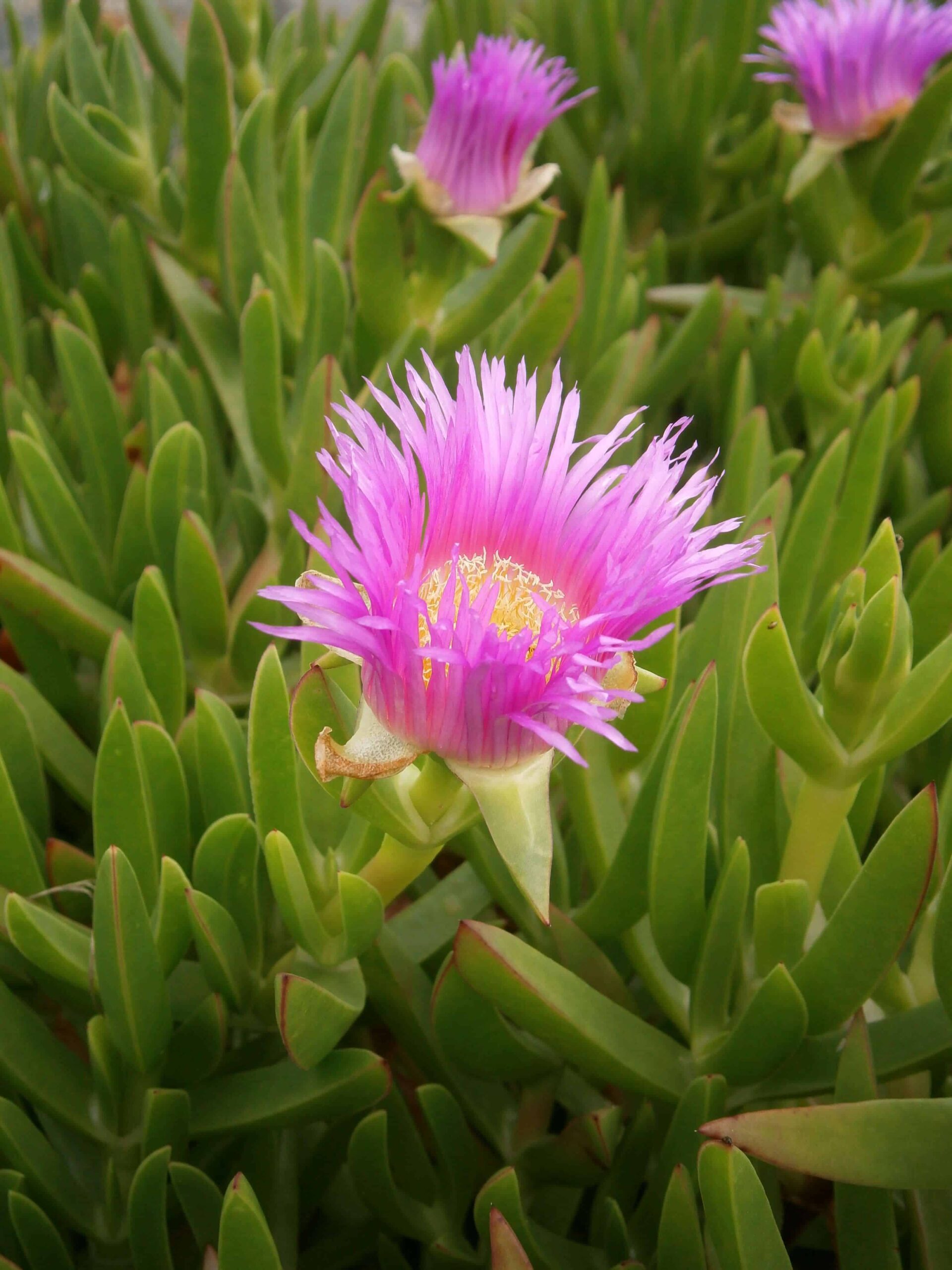 Carpobrotus edulis is a species native to South Africa, originating from the subtropical region of the Cape Province. It was introduced as an ornamental species since it allows to control the erosion of sand dunes, as well as to stabilize unstable soils.
Carpobrotus edulis is a species native to South Africa, originating from the subtropical region of the Cape Province. It was introduced as an ornamental species since it allows to control the erosion of sand dunes, as well as to stabilize unstable soils.
Due to its great reproductive capacity, the carpobrotus has come to be classified as an aggressive invader in many coastal habitats in the world. In fact, in countries like the United States its cultivation is totally discouraged.
However, despite being a colonizing species, it has a noble side, as it is used as a medicinal plant due to its anticancer and antibacterial properties. Also, in some parts of the world it is an edible plant .
The Carpobrotus edulis is also known as «Cat ‘s claw» because of its shape fleshy leaves are very similar to the shape of a claw or pawl this feline.
- Scientific name: Carpobrotus edulis.
- Common name: Carpobrotus, cat’s claw, sea fig, cape fig, dandelion .
- Height: 20 cm.
- Light requirement : Direct light.
- Temperature: Warm and temperate climates (10ºC to 25ºC).
- Irrigation: Low.
- Fertilizer : Organic fertilizer.
What characteristics does the carpobrotus have?
Likewise, adventitious roots sprout from the nodes of the stems, which take root in the moist soil and give rise to dense stolons that spread rapidly. In the case of the leaves, they are fleshy, green in color and at the tip of the leaf they are red. They are usually 7 to 10 centimeters long and 1 to 1.5 centimeters wide.
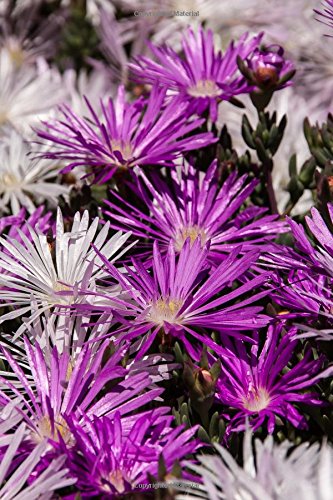
The flowers of the carpobrotus are the main attraction of this plant. They are made up of numerous yellow, pink or purple filaments . They get to measure between 4 and 9 centimeters in diameter. They bloom in late winter and early spring.
For their part, the fruits are fleshy, sweet in taste, and are usually a source of food for some animals in the area. Likewise, each fruit keeps numerous seeds inside, which can remain viable for a couple of years.
When to sow carpobrotus?
Where to plant carpobrotus?
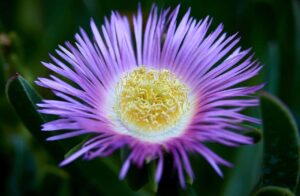 The carpobrotus is a plant that needs to be cultivated in open spaces in which access to direct light of the sun throughout the day, as the garden or terrace.
The carpobrotus is a plant that needs to be cultivated in open spaces in which access to direct light of the sun throughout the day, as the garden or terrace.
It can also be grown in pots, containers, and embankments. Although it comes from coastal habitats, the carpobrotus is a specimen that can grow in humid and dry places.
In addition, it has the ability to withstand strong gusts of wind, so it can practically be grown anywhere. Regarding the climate , the carpobrotus grows very well at temperatures within the range of 10ºC to 25ºC. However, it can tolerate temperatures of up to -2ºC and others warmer, with a limit of 30ºC.
How to prepare the land?
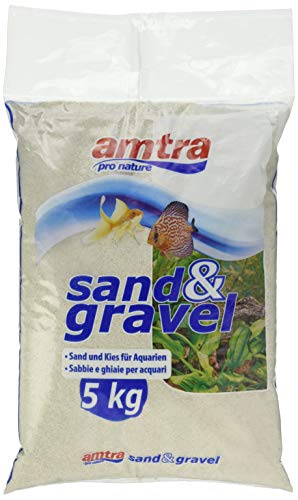
The carpobrotus grows in well – drained, alkaline soils. They are generally planted in sandy or gravel substrates, in silty and saline soils, although their growth is reduced in places with high salinity.
Also, since it is not a demanding plant , the soil is not required to be prepared in any particular way. However, organic compost can be applied in late winter to allow the plant to have the necessary nutrients for its flowering.
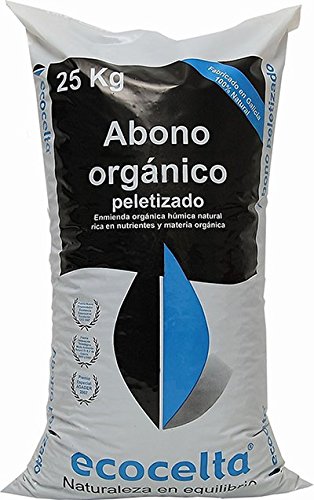
How do we water the carpobrotus?
How often do we water the carpobrotus?
Irrigation for carpobrotus should be applied once a week. This should be moderate as high humidity levels could cause a future infection in the leaves and roots of the plant. Additional waterings will be necessary during hot summers, or in case of drought.
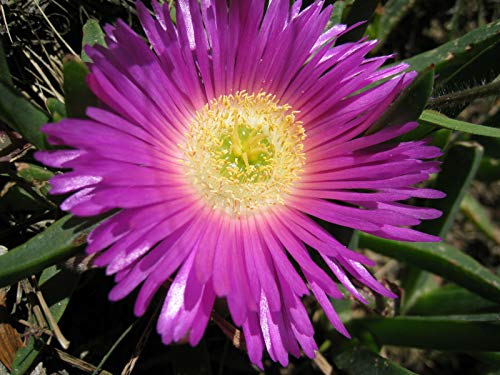
How to sow a carpobrotus step by step?
The carpobrotus can be grown from seeds or through cuttings, although the second is the simplest and fastest method. Instructions for sowing it by each method are shared below.
By seed
- Place the carpobrotus seeds on a sandy and previously moistened substrate, in a container or small pot, at a temperature of around 23ºC.
- Apply a light watering and wait 1 to 2 weeks for them to germinate.
- Transplant to a larger pot as soon as the seedlings have grown sufficiently. Preferably outdoors , in a place partially protected from direct sunlight.
By cuttings
- Extract a 20 cm long section of a mother plant in good condition, which has some adventitious roots at its nodes.
- Allow the section of the plant to dry in the sun for a day.
- Place the cutting in a container filled with potting substrate, previously moistened and with good drainage.
- Apply light watering and wait for the plant to take root and grow.
What care do you need?
The carpobrotus is a plant that requires little maintenance, especially if grown under optimal conditions. However, it can become a problem if it is not kept under control, especially if its reproduction is not allowed in the region.
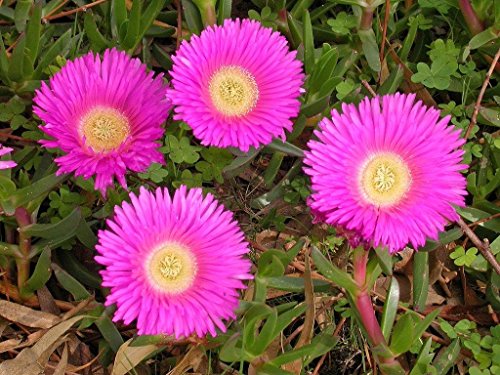
What pests and diseases affect carpobrotus?
The carpobrotus is a resistant species , however it can suffer a lot of damage from the insects Pulvinariella mesembryanthemi and Pulvinaria delottoi , although damage from the mite Typhlodromus phialatus has also been found .
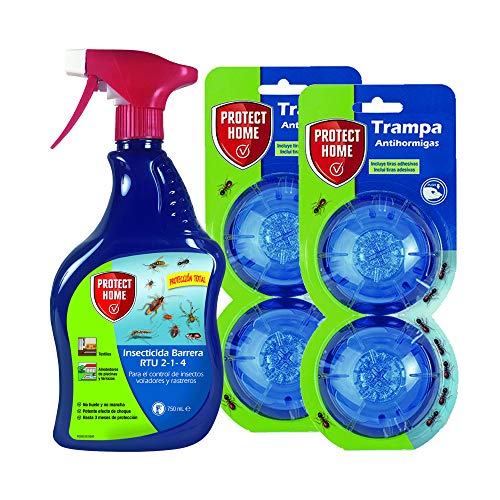
In the case of diseases, carpobrotus can be affected by the Verticillium fungus , as well as by other fungal diseases such as Botrytis .

![Photo of Transplanting a Rootless Cactus: [Method and Steps to Follow]](https://www.complete-gardening.com/wp-content/uploads/2022/08/transplanting-a-rootless-cactus-method-and-steps-to-follow-390x220.jpg)
![Photo of How to Fertilize Naranjo: [Components, Needs and Importance]](https://www.complete-gardening.com/wp-content/uploads/2022/08/how-to-fertilize-naranjo-components-needs-and-importance-390x220.png)
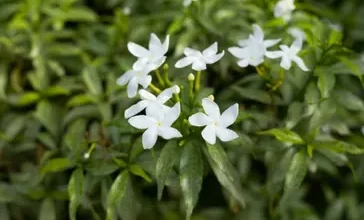
![Photo of Gardening Care: [Recommendations and Tricks]](https://www.complete-gardening.com/wp-content/uploads/2022/08/gardening-care-recommendations-and-tricks-390x220.jpg)